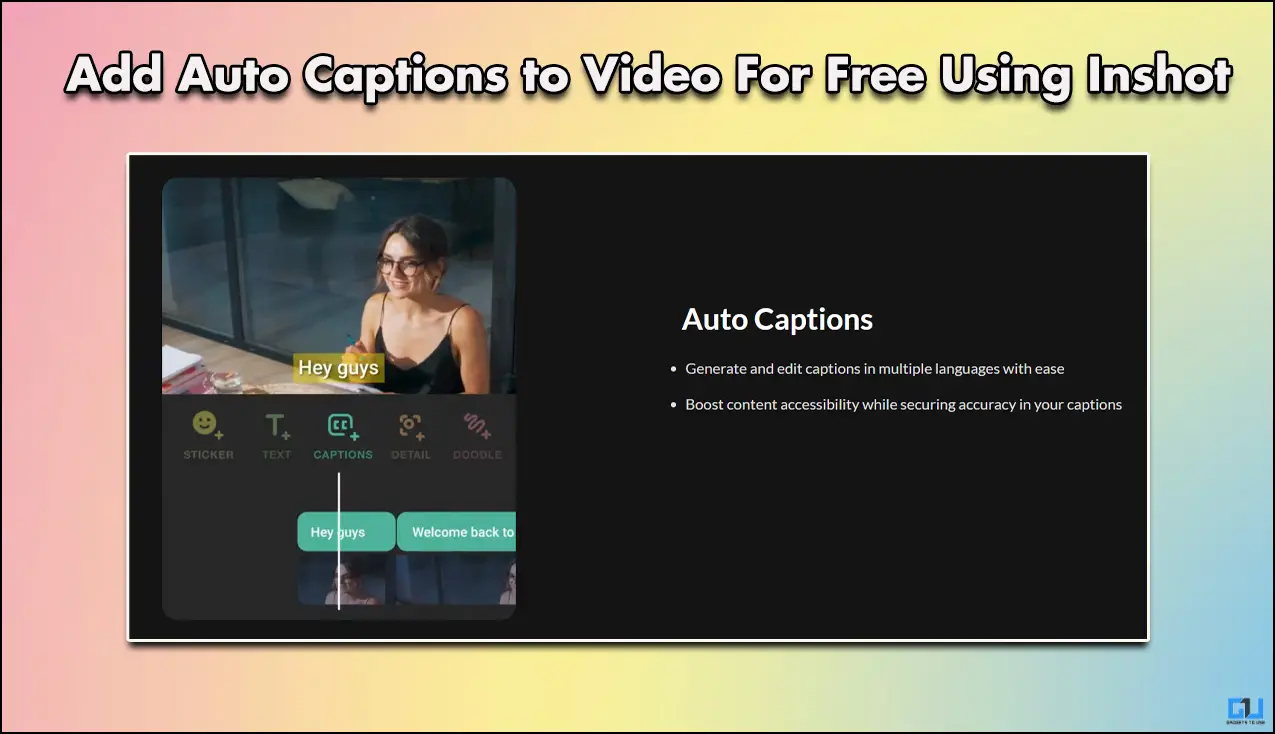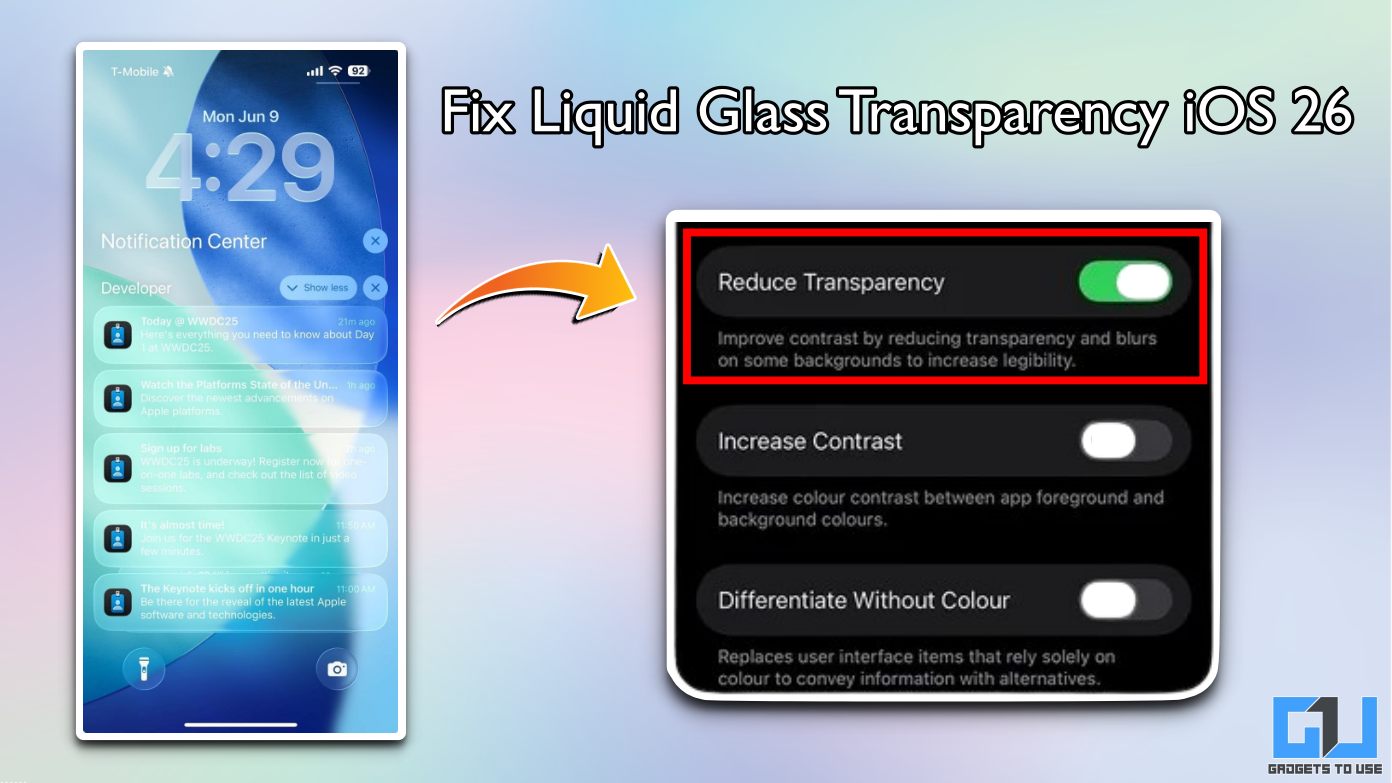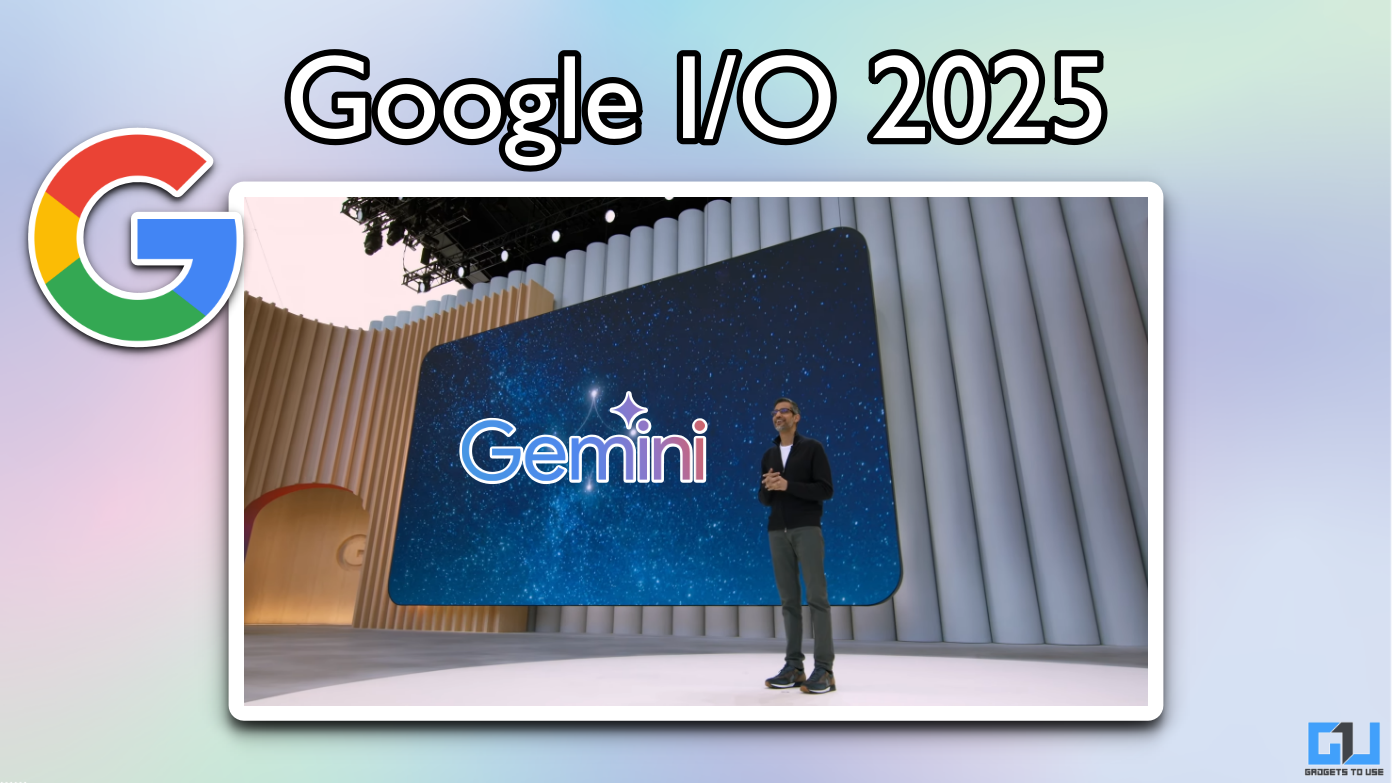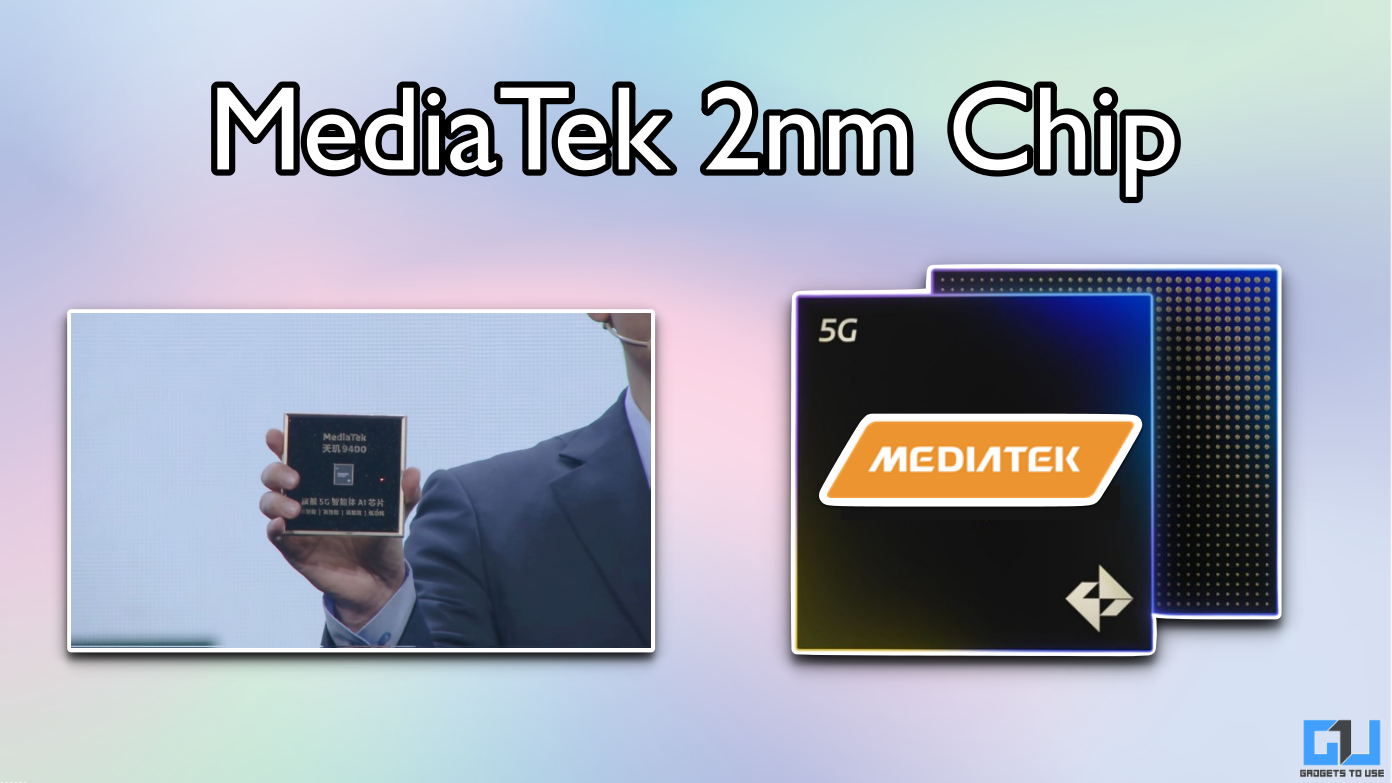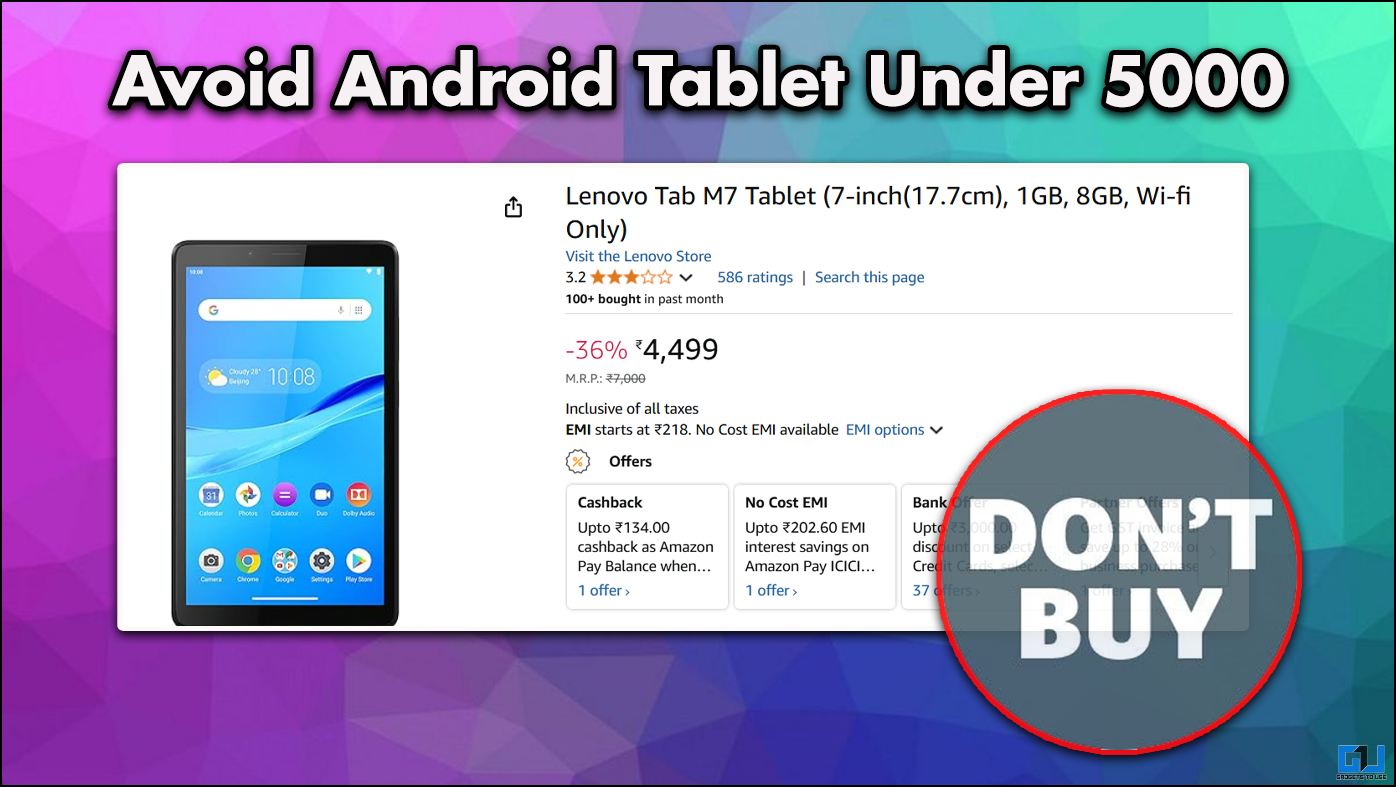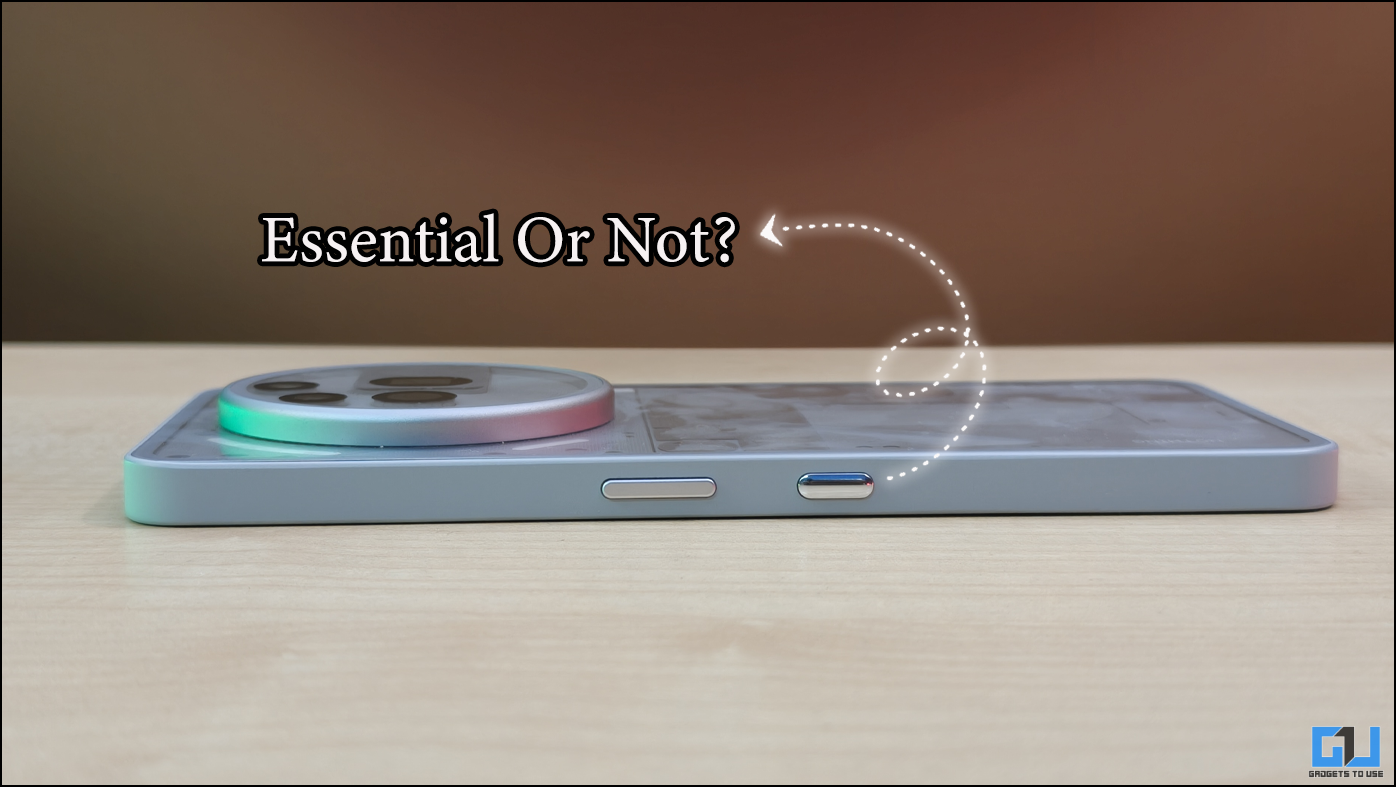Quick Answer
- Also called as the touch refresh rate, the sampling rate can be defined as the number of times a touchscreen can sense input from your finger in a second.
- If you double the touch sampling frequency to 240Hz, it starts to follow your actions way quicker than the time screen takes to update the content from the processor.
- When the screen refresh rate and touch sample rate are the same, say 60Hz as it’s for most phones, both the tracking and refresh intervals happen at the same time at 16.
You may have seen some smartphone manufacturers mentioning the term “touch sampling rate” in their phone’s spec-sheet, like the ROG Phone 2, which comes with 240Hz touch input sampling. So, what is the touch sampling rate, and how does it matter for your phone? Let’s have a brief look at the same.
What is Touch Sampling Rate?
While many people tend to mistake it for refresh rate, the touch sampling rate is quite different term. Though, just like the former, it is tied to your display’s hardware and is measured in Hz.
Also called as the touch refresh rate, the sampling rate can be defined as the number of times a touchscreen can sense input from your finger in a second.
In layman terms, it means the speed at which a screen can register your touch and respond by rendering the next frame. You can also interpret it as the pace at which the screen tracks the movement of your finger.
How does it matter for your phone?
Now that you know what exactly is the touch sampling rate, you might be wondering how does it affect your experience. For starters, it is directly proportional to the responsiveness of your touchscreen. The higher the number, the better the speed and lesser the touch lag.
When the screen refresh rate and touch sample rate are the same, say 60Hz as it’s for most phones, both the tracking and refresh intervals happen at the same time at 16.6ms. And this delays the rendering of the animation by one interval.
However, if the sampling frequency for the same panel is increased to 120Hz, it’ll track your touch faster (8.3ms) than the time display takes to refresh. This will allow starting rendering the next frame in time for the very next screen update. Whereas if they were both at the same rate, you’d have to wait for the next refresh cycle.
As a result, you’ll experience quicker touch response, and the animations will start faster and smoother. Though, it won’t offer the fluidity of high refresh rate panels.
The same is the case with phones having displays with a 120Hz refresh rate. If you double the touch sampling frequency to 240Hz, it starts to follow your actions way quicker than the time screen takes to update the content from the processor.
Higher sampling frequency allows the phone to begin preparing graphics and animations a little sooner, which speeds up the overall experience. It also helps significantly in fast-paced games where you need to be quick at controls like aiming, shooting, etc.
Due to these advantages, certain smartphone manufacturers have now started providing their flagship/ gaming-centric phones with higher-touch input sampling. For instance, all the iPhone models past iPhone X came with a 120Hz sampling clubbed with a 60Hz screen refresh rate. Similarly, gaming phones like ROG Phone 2 & Xiaomi Black Shark 2 feature 120Hz display with a 240Hz touch-report rate.
Wrapping Up
As of now, only a handful of phones offer high touch sampling rates. Anyway, you can expect more and more companies to start pushing it onto their devices in the coming time.
This was a quick briefing regarding the touch sampling rate and its significance on your phone. If you have any doubts or queries regarding the topic, please feel free to reach out via the comments below.
Also, read- What is GLONASS And How It Is Different From GPS?



